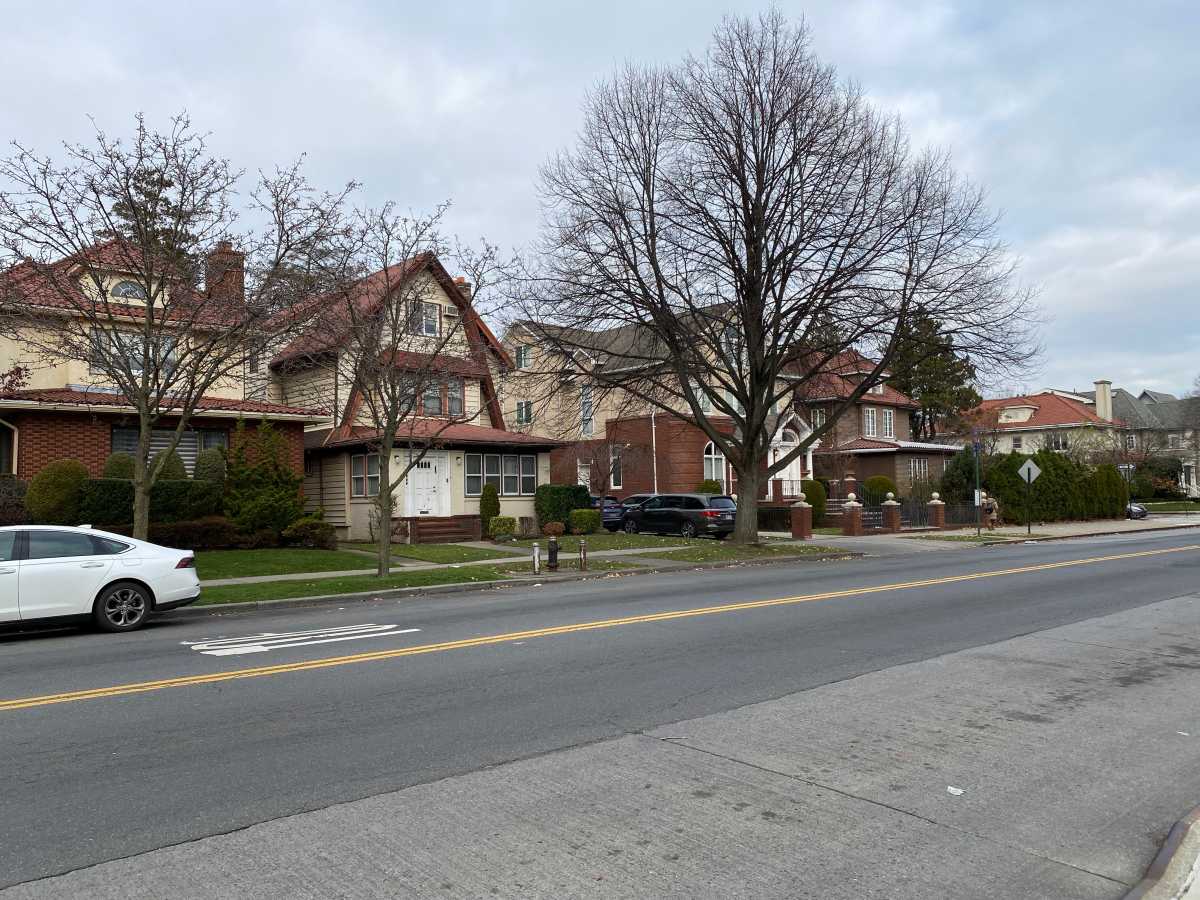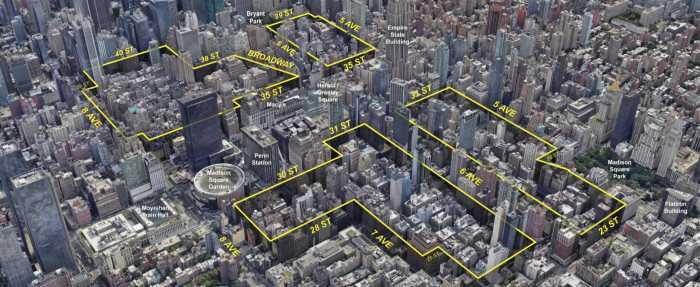A group of anti-Atlantic Yards community activists have filed a complaint
with the city’s Conflicts of Interest Board charging that Community
Board 6 chairman Jerry Armer’s job with the Metrotech Business Improvement
District conflicts with his role as leader of the board in discussing
the plan for a basketball arena, office skyscrapers and 13 apartment buildings
in Prospect Heights.
Both Metrotech and Atlantic Yards are projects of developer Bruce Ratner.
As the major property owner of Metrotech, he is presumed to contribute
the majority of funds towards the BID’s budget, which pays the salaries
of staffers, such as Armer, who is director of services for the BID.
A BID spokesman did not return calls for comment by press time.
Members of the anti-arena group Develop-Don’t Destroy Brooklyn filed
the conflicts charge. The letter, which was sent out on Monday, Nov. 22,
charges that since Armer receives his salary from the annual budget of
the Metrotech BID, of which Ratner’s Forest City Ratner company is
the primary member, it could be interpreted that he is essentially hired
by Forest City Ratner.
The letter to the conflicts board stated that the community had great
concerns about Armer’s leadership, specifically in regards to Forest
City Ratner and the Atlantic Yards project, and that a significant portion
of the community felt he evidenced favoritism to his alleged employer.
[The Papers was shown the letter under an agreement that we not reproduce
any portion of it.]
Armer declined to comment on the complaint. He told another newspaper
that his salary was paid by “taxes that the BID pays to the city,”
and that he rarely deals with Ratner.
Still, the budget for the Metrotech BID, as with all city BIDs, is primarily
paid for by levies against property owners within the BID area, meaning
the majority of the BID’s budget likely comes from Forest City Ratner,
despite the individual imprint on employee payroll checks.
The complaint to the conflicts board was announced at a press conference
held by DDDB on Nov. 17 on the steps of City Hall. Daniel Goldstein, a
spokesman for the group, claimed Armer had “acted in a nearly autocratic
manner,” with regards to the Atlantic Yards project when it came
before his board.
Lou Sones, a member of the CB6 Land Use committee, spoke at the press
conference, and recalled an incident in which he felt Armer colluded with
representatives from Forest City Ratner to secure speaking time for them
when they showed up at the meeting unannounced.
“[Executive Vice President] Jim Stuckey from Forest City Ratner showed
up unannounced and unscheduled and was allowed to make a statement for
the project, even though no one else in the room was allowed to make statements
against,” Sones said.
When a board member tried to make a motion barring Armer and the board’s
district manager, Craig Hammerman, from continuing to meet with Ratner
officials in private discussions about a community benefits agreement,
Sones said one of the land use committee co-chairs, Pauline Blake, moved
to adjourn the meeting “instead of allowing for discussion.”
When the other committee co-chair, Ernest Migliaccio, moved to reopen
discussion of the project, said Sones, Armer threatened to kick Migliaccio
out of the meeting and remove him from his committee chairmanship.
Migliaccio said he thought Armer had blown up at him because he thought
Migliaccio had interrupted him. He also said he was sure Armer didn’t
really mean to come off as harsh as he did at that public meeting.
“Mr. Armer threatened to remove me from my position as chair because
he thought I had cut him off while he was talking,” after board members
and attendees wanted to participate in dialogue with Stuckey about the
Atlantic Yards arena, Migliaccio said.
“I wasn’t sure adjourning the meeting was the best way to deal
with it,” he added.
But Stuckey’s sudden appearance and granting of time to speak without
having to take board members’ questions, was something Migliaccio
couldn’t explain.
“When we walked into that meeting at 6:30 [pm] none of the three
chairs knew Mr. Stuckey was going to be there,” said Migliaccio,
speaking for himself, Blake and Bob Levine, the committee chair.
The only person who did know, it seemed, was Jerry Armer.
Armer called Blake out into the hallway just before the meeting started,
and it was Blake who introduced Stuckey as the committee members were
preparing to leave, anticipating the meeting’s adjournment, according
to several board members.
Hammerman said Stuckey’s appearance was not scheduled by Armer, but
rather a response to requests that had been made at previous committee
hearings.
“The agenda was not altered; the announcement was made by our committee
chairperson, and was requested at our previous board meeting that we solicit
input,” Hammerman said.
As far as a response to the conflict of interest complaint, the district
manager said that while it was “their right” to file it, he
thought the first thing that could’ve been done would have been scheduling
a face-to-face talk with Armer instead.
“Usually people should have an opportunity to answer any charges
directly before making it into more of an issue,” Hammerman said.
“It’s just a matter of civility and courtesy.”
























